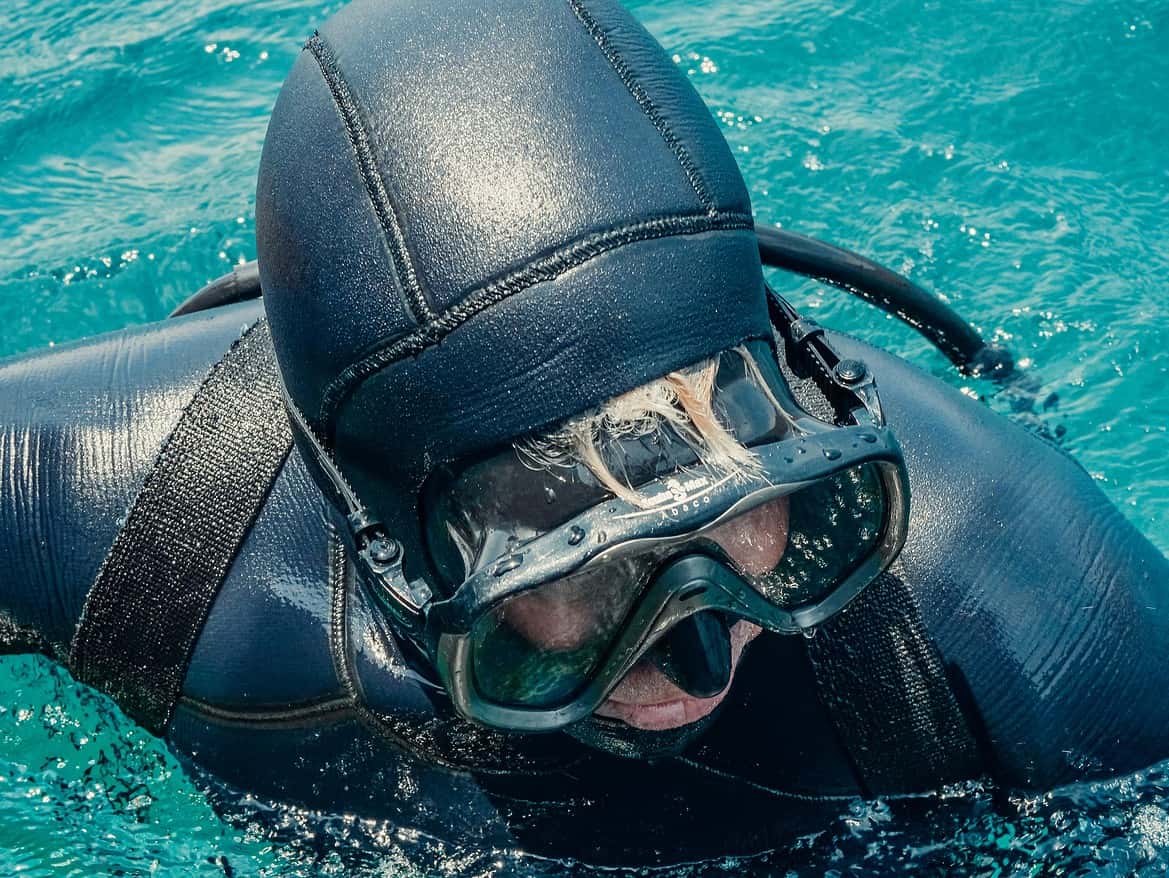Regarding water sports and diving, the right suit can really be a game-changer regarding comfort, performance and safety. Both wetsuits and drysuits serve the same purpose—keeping you warm in cold water—but in very different ways. Understanding the differences will enable you to pick the best one for your needs. Whether you’re a surfer, scuba diver, kayaker or paddleboarder, this guide will take you through the key features of wetsuit vs drysuit and its pros and cons.
How Wetsuits Work
Wetsuits trap a thin layer of water between the neoprene suit and your body. The water is heated by your body warmth, creating an insulating layer that will keep you warm in the cold. A wetsuit’s thickness varies, usually between 2mm and 7mm, with thicker wetsuits providing better insulation.
Wetsuits require a snug fit to function effectively. A loose-fitting wetsuit allows too much water in and out, reducing warmth and performance. Most wetsuits are made of neoprene, a flexible, slightly buoyant material ideal for many water sports, including surfing, diving and open-water swimming.
How Drysuits Work
As opposed to wetsuits, drysuits have a total watertight seal. They are made of neoprene, Gore-Tex or other waterproof laminates that don’t let any water pass through the suit. Instead of using water for insulation, drysuits insulate using the trapped air.
Drysuits are typically used in icy conditions where prolonged exposure to water could be dangerous. Since they do not provide insulation alone, divers and paddlers generally wear fleece-lined underwear or thermal layers beneath the suit. Drysuits are extensively used for cold-water scuba diving, kayaking and winter sailing.
Wetsuit vs Drysuit
The choice between a wetsuit vs drysuit largely depends on water temperature and which activity you’ll be doing. Wetsuits are perfect in water temperatures of 50°F to 75°F (10°C to 24°C). They are more flexible and great for high-activity sports such as surfing, swimming and free diving.
Drysuits, on the other hand, are better suited for temperatures under 50°F (10°C). Since they keep the body completely dry, they are more effective at preventing hypothermia and thus are the preferred suits for ice diving, winter kayaking and cold-water rescue operations.
Flexibility and Mobility
One of the main advantages of wetsuits is that they are flexible. Since they are form-fitting and stretch with your movements, they give you a wider range of motion, making them ideal for use in sports requiring agility, such as surfing and freediving. Modern wetsuits feature flexible neoprene panels for comfort and mobility.
Drysuits, by contrast, tend to be less flexible and bulkier. The air within the suit can shift around as the wearer moves, providing a somewhat clumsy feeling. This makes drysuits less suitable for activities that require high flexibility but perfect for activities where warmth is more important than mobility, such as technical diving or hardcore cold-water kayaking.
What to Wear Underneath
One of the primary differences between wetsuits and drysuits is what you wear underneath them. For wetsuits, a swimsuit, rash guard or nothing at all is worn by most people since the suit itself is insulating. On chilly days, a thermal rash vest can be an added layer of warmth.
Drysuits, however, must be thermally layered since they have no insulation. Divers and kayakers usually wear fleece-lined undergarments or moisture-wicking base layers to keep themselves warm and dry. The layers’ thickness depends on the water’s temperature and the level of insulation needed.
Durability and Maintenance
Both drysuits and wetsuits require care, but drysuits need extra attention. Since they are made with watertight zippers and seals, they must be checked regularly for leaks. The rubber gaskets at the wrists and neck will break down over time and may need to be replaced.
Wetsuits are also more straightforward to maintain. After each use, they should be rinsed in fresh water and hung to air dry, away from direct sunlight, to prevent neoprene breakdown. While they don’t have the complex seals of drysuits, wetsuits can also develop small tears that must be patched after some time.
Cost Comparison
Wetsuits are less costly than drysuits. Depending on thickness and brand, a good-quality wetsuit will cost between $100 and $500. Because wetsuits offer an excellent trade-off between performance and cost, they tend to be the option for most water sports activities.
Drysuits, however, are significantly more expensive, starting at $800 and going up to $3,000 for high-end suits. Their higher price is due to the technical material, waterproof zippers and the need for undergarments. Despite the expense, drysuits are a long-term investment for individuals who dive regularly or participate in cold-water sports.
Which One Should You Choose?
The decision between wetsuits and drysuits ultimately comes down to personal preference, application and water temperature. Wetsuits are excellent for flexibility, cost-effectiveness and moderately cold water. However, if you need maximum insulation for extremely cold water or prolonged exposure to water, a drysuit is the best choice.
Conclusion
Wetsuits and drysuits have essential functions in diving and water sports, depending on the environment. Wetsuits are flexible and ideal for active water sports, while drysuits are warmer and protective in harsh environments. Understanding their differences will enable you to make an intelligent decision, keeping you comfortable and safe wherever your water adventures take you.

